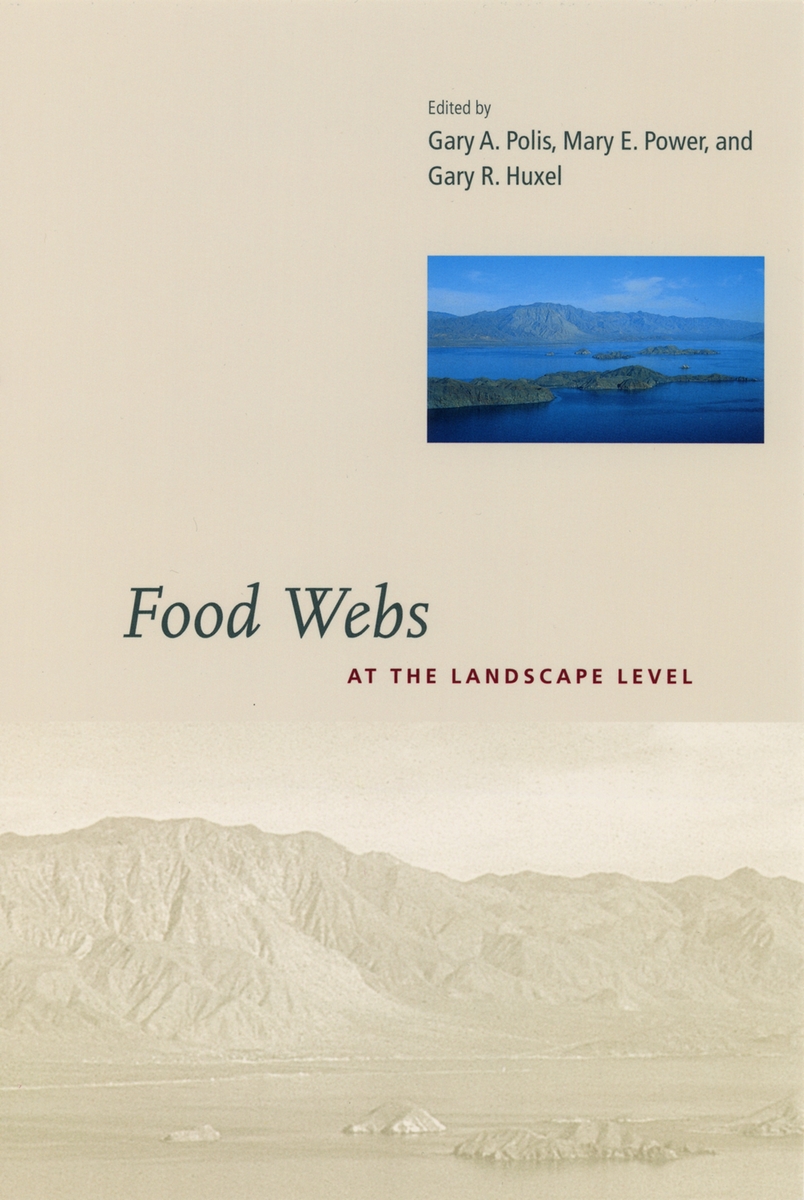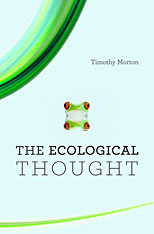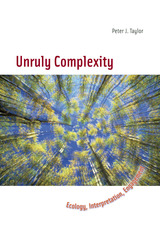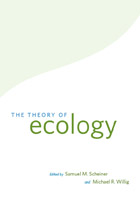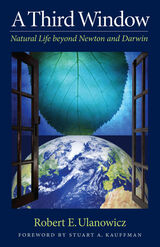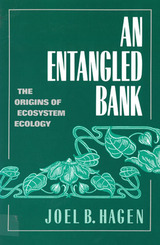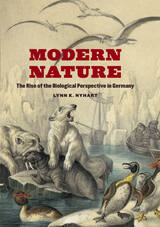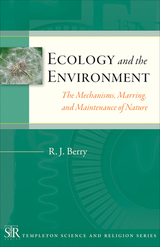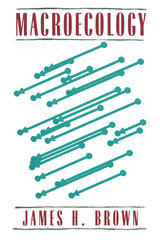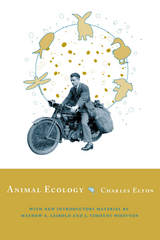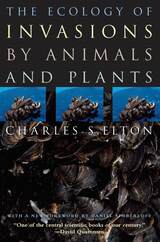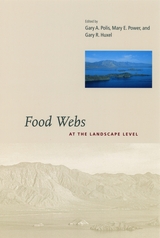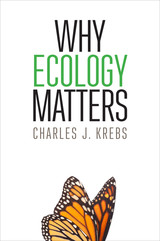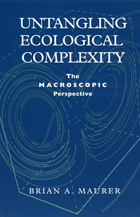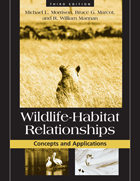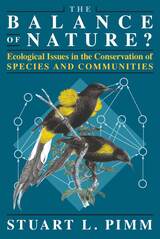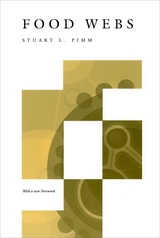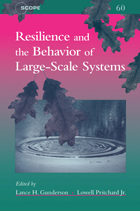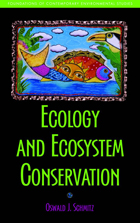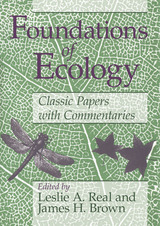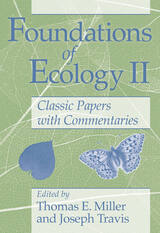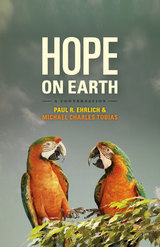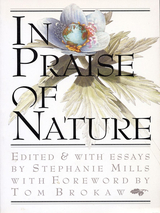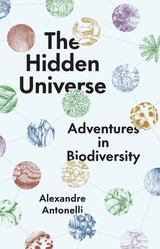Food Webs at the Landscape Level
University of Chicago Press, 2004
Cloth: 978-0-226-67325-7 | Paper: 978-0-226-67327-1
Library of Congress Classification QH541.F65 2004
Dewey Decimal Classification 577.16
Cloth: 978-0-226-67325-7 | Paper: 978-0-226-67327-1
Library of Congress Classification QH541.F65 2004
Dewey Decimal Classification 577.16
ABOUT THIS BOOK | AUTHOR BIOGRAPHY | TOC | REQUEST ACCESSIBLE FILE
ABOUT THIS BOOK
Scientists rely on food webs—complex networks that trace the flow of nutrients and energy between species and through ecosystems—to understand the infrastructure of ecological communities.
But given the complexities of food webs—think of following the flow of nutrients through the microbes, fungi, roots, worms, ants, and birds that pass over or through a single cubic meter of prairie soil—it's not difficult to see why most experiments on food-web dynamics focus on small, local habitats. Yet as this book convincingly shows, important insights come when scientists expand the temporal and spatial scope of their research to look at the ways energy, organisms, nutrients, and pollutants flow not just at the local level, but across whole landscapes—between and among food webs in a wide variety of habitats.
Paying special attention to the fertile boundaries between terrestrial, freshwater, and marine ecosystems, Food Webs at the Landscape Level not only shows what this new methodology means for ecology, conservation, and agriculture but also serves as a fitting tribute to Gary Polis and his major contributions to the field.
But given the complexities of food webs—think of following the flow of nutrients through the microbes, fungi, roots, worms, ants, and birds that pass over or through a single cubic meter of prairie soil—it's not difficult to see why most experiments on food-web dynamics focus on small, local habitats. Yet as this book convincingly shows, important insights come when scientists expand the temporal and spatial scope of their research to look at the ways energy, organisms, nutrients, and pollutants flow not just at the local level, but across whole landscapes—between and among food webs in a wide variety of habitats.
Paying special attention to the fertile boundaries between terrestrial, freshwater, and marine ecosystems, Food Webs at the Landscape Level not only shows what this new methodology means for ecology, conservation, and agriculture but also serves as a fitting tribute to Gary Polis and his major contributions to the field.
See other books on: Ecology | Food chains (Ecology) | Life Sciences | Polis, Gary A. | Science
See other titles from University of Chicago Press
